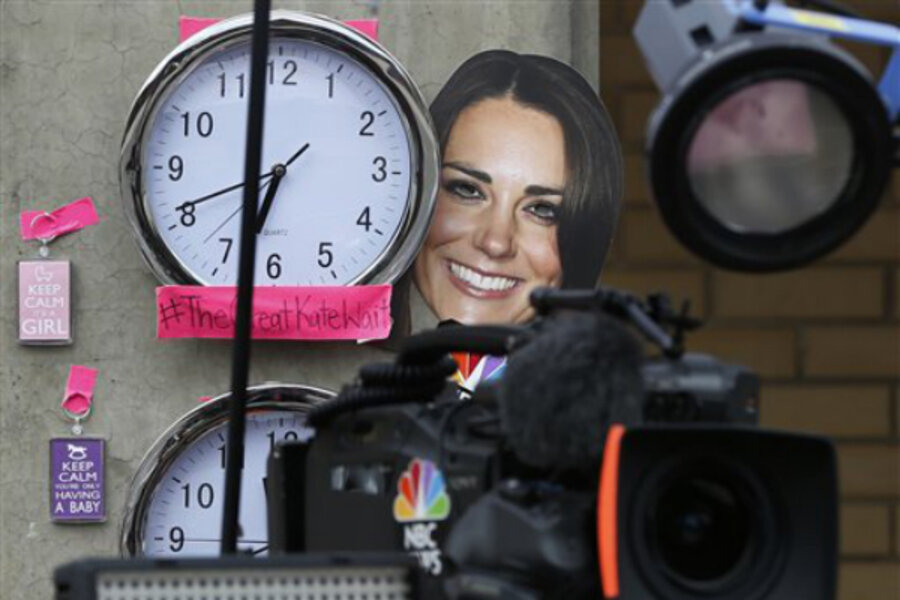William has said he "fully intends" to be there with Kate when she gives birth, in line with the expectations of many modern parents. He follows in the footsteps of his father, Charles, who declared how much he relished being in the delivery room in a letter to his godmother, Patricia Brabourne.
"I am so thankful I was beside Diana's bedside the whole time because by the end of the day I really felt as though I'd shared deeply in the process of birth," Charles wrote shortly after William's birth.
Things were quite different when Charles was born. When the queen (then Princess Elizabeth) went into labor, her husband, Prince Philip, was off playing squash in the palace — out of restlessness, not indifference, noted Charles' biographer Jonathan Dimbleby.







